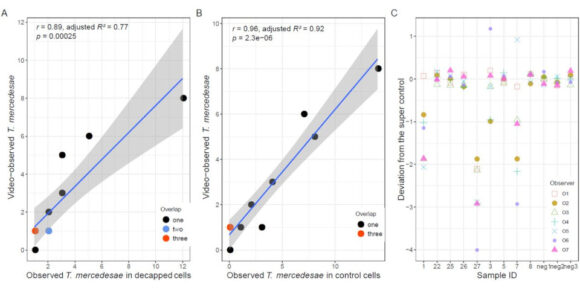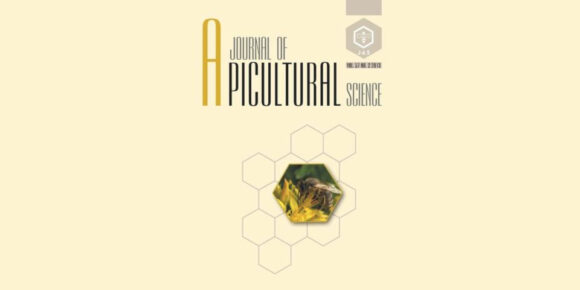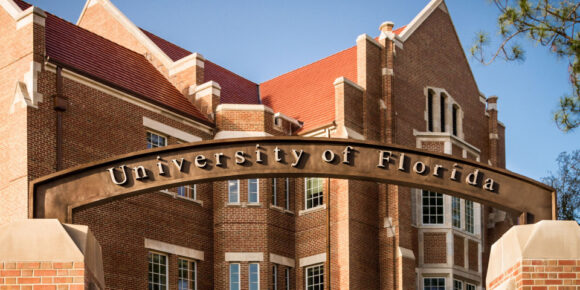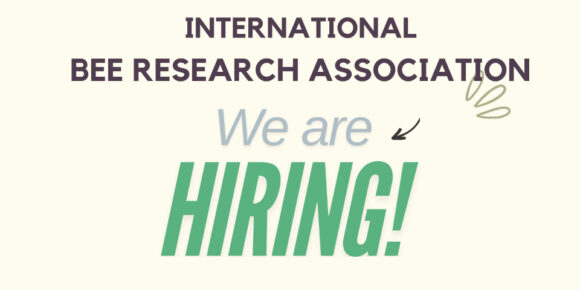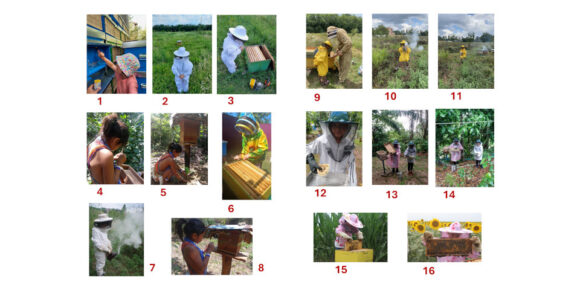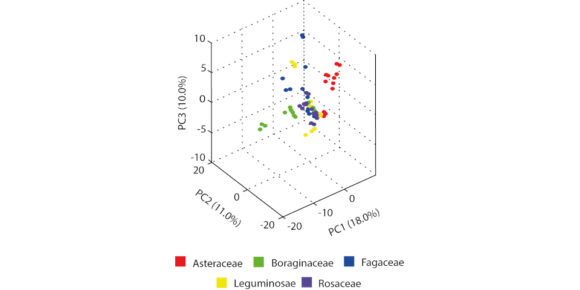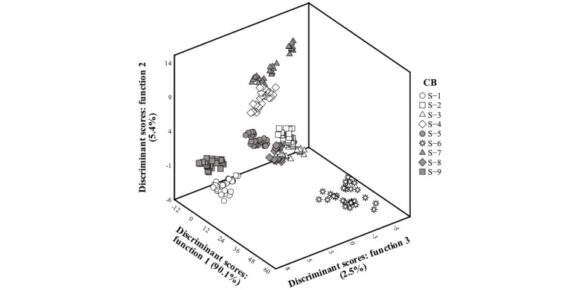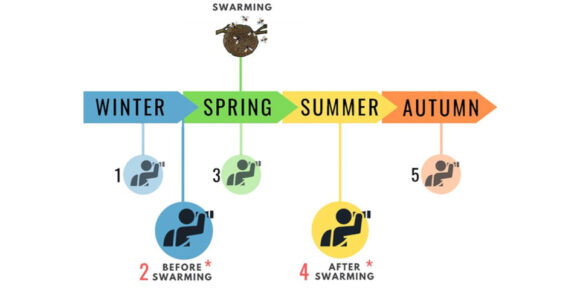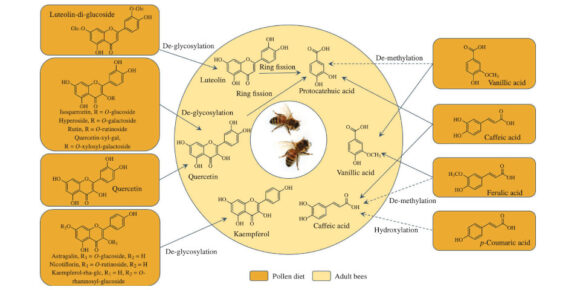COLOSS members detect Tropilaelaps mite in Georgia and propose new detection method
COLOSS members confirm the first findings of the harmful Tropilaelaps mercedesae mite in Western Georgia. Infested honey bee colonies in three different apiaries showed high levels of infestation. In these colonies, T. mercedesae was found together with the harmful mite, Varroa destructor, both showing high reproductive success. This discovery raises alarms for beekeeping in Georgia…






